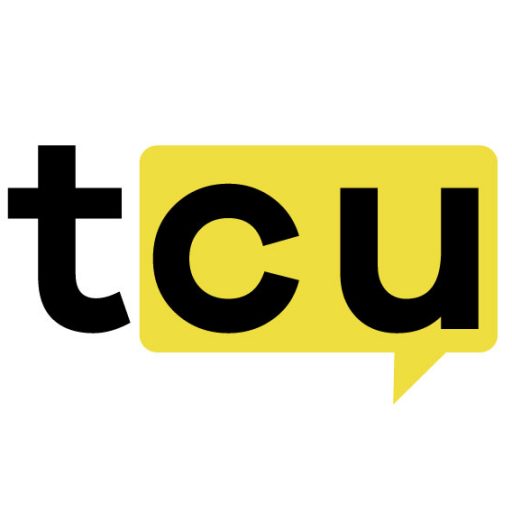It’s been ten years since Ethereum launched, and one thing stands out: not a single day of network downtime. That’s pretty remarkable when you think about it. A whole decade. What began as something of an experiment has slowly, stubbornly, become a backbone of the crypto world.
But these days, it’s not alone. You’ve got Solana, Avalanche, and a bunch of other layer-1 chains all shouting about being faster and cheaper. And yeah, transaction speed and low fees matter to users. I get that. But maybe we’re focusing too much on the surface-level stuff.
It’s Not Just About Speed
The real competition isn’t just about throughput. It might be about something less flashy: governance. How decisions get made. Who holds the purse strings. How a network grows up without falling apart.
Ethereum seems to be thinking long-term. The Ethereum Foundation recently decided to tighten up its treasury policy, linking its spending to actual operational needs. They’re even committing to regular reports—quarterly and annual—so everyone can see where the money’s going. It sounds dry, but it matters. Hsiao-Wei Wang from the Foundation called the next couple of years “pivotal.” That’s not casual language.
Why Transparency Actually Matters
This move toward openness isn’t just for show. It signals that Ethereum is maturing. It’s not a scrappy startup anymore. It’s got institutions, developers, and real money depending on it. They need stability, not just promises.
A lot of other chains still treat governance like an afterthought. Decisions happen behind closed doors. Voting power is concentrated. Sometimes it’s hard to even find out how or why certain choices were made. That might work for a while, but eventually, it becomes a weakness.
Ethereum isn’t perfect—no network is. But it’s trying to put its cards on the table. It’s making its issues public, inviting discussion, and dealing with criticism out in the open. That builds a different kind of trust.
The Real Test Is Credibility
In the end, hype only gets you so far. Plenty of projects have surged on promises and vanished just as quickly. Lasting networks will be the ones that are credible, not just clever.
Maybe that’s the real lesson here. By publishing its plans and opening its books, Ethereum isn’t just helping itself. It’s showing everyone else what it takes to last. The question is, who’s paying attention?
![]()


